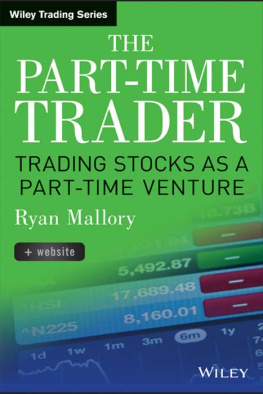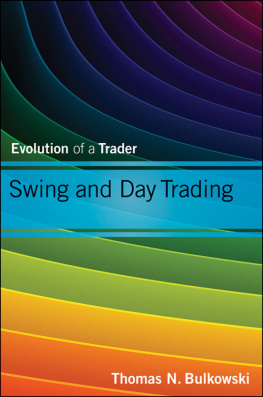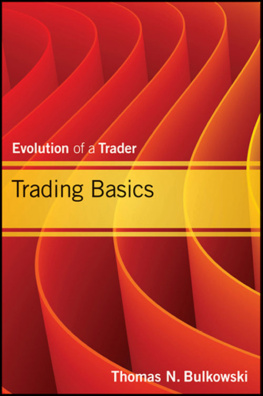PART IV
Trading with a Plan
HIGH PROBABILITY TRADING
CHAPTER 9
Exits and Stops
Many traders expend too much effort finding entry signals and patterns and not nearly as much time as they should exiting a position. They get in expecting the trade to work with little planning, if any, on how to exit the trade on either the winning side or the losing side. Once in the trade, they have no idea what to do except sit back and count their winnings or watch dumbfounded as the market goes against them.
Anyone can enter a trade, but one of the keys to success is knowing when and how to exit it. I would venture to say that most trades are profitable at some point, even those made randomly; by having a good exit strategy one can learn to capture more profits and lose less. With the exit being so important, I'm amazed it is not stressed in books as much as a setup of a trade is. Without protective exit strategies it is impossible to be a successful trader. I will do my best to explain how to let profits ride and where to place stops so that losers can get nipped in the bud before they amount to anything damaging.
CUTTING LOSSES AND LETTING PROFITS RIDE
Probably the most quoted golden rule of trading that anybody who has ever traded has heard is "Cut your losses and let your profits ride." Surprisingly, many traders do the opposite. They have a winner and quickly get out, and when they have a loser, they hold on to it, praying for a reversal as they watch it get worse and worse. Until a trader can learn to get out of a losing trade, place a stop properly, hold on to a good position, and know when to take a profit, he will find it hard to be successful. Getting into a position is only one piece of the trading equation. Knowing when to get out on both the losing and winning sides is another and probably even more important part of trading. Most losing traders lose because their winners are too small compared with their losers. A lack of really good profitable trades can hurt a trader as much as all his losing trades will. It is expected that more than half a trader's trades will be losersthat's part of tradingso in order to compensate, the winners have to be bigger than the losers. I can't tell you how many people I've seen repeatedly take small profits of just a few ticks and then let a loser grow astronomically. This is not a strategy that will get you far.
GETTING OUT TOO SOON
There is no feeling worse than missing a great trade because you erred on the side of safety and exited prematurely. When you get out of a trade with a 30-cent gain and then watch it move another buck fifty in 20 minutes, it can be heart-wrenching. Some traders are so concerned about taking profits and having a high winning percentage that they take many small winners because they are scared to lose. Taking too many small profits without letting good trades develop is a bad practice that may keep you from becoming a big trader, as you never allow a potentially powerful trade to get going. Sure, you will have more winning trades and a higher win/loss percentage, but this may come at the expense of total profits in the long run. There are traders who do quite well by repeatedly taking small profits, but what is key for them is that they take even smaller losses.
IT'S All RELATIVE There are many traders who make a living by capturing small moves over and over and this is a great way to trade, but they also are able to take even smaller losses. If you are a trader who is capable of losing only a few ticks before getting out, you can make money trading for small gains and not trying to capture the big trades. The size of your winners should be relative to that of your losers. If you have small losers, your winners can be modest; if you have medium-size losers, you must have large winners; if you have large losers, you need jumbo winners; and if you have jumbo losers, you will need to learn the phrase "Would you like to jumbo size that?" |
LETTING PROFITS RIDE
I guess I can start with letting profits ride because I'm sure you as a trader would rather hear about that than about losses. Nobody can ever accuse me of getting out of winning trades too soon; I always hold on if something is working. My problem has always been holding losers longer than I should, not letting profits ride. Here's a little story about holding a trade that is working. To get the gist of the conversation you will need to throw in a few dozen colorful adjectives that my editor thought I shouldn't use.
About a year and a half ago I was short SUNW when it was still trading near $100. It opened at its high of the day and started to sell off, so I shorted it, as did most of the other guys in the room. After about 2 hours I mentioned how good of a short it was and said that I had 5 points in the trade. This was a mistake, because soon afterward, everyone in my room was telling me how I should cover since I had a good profit in it. The stock kept making lows with barely a bounce, and I told them that when it stopped going down and gave me a reason to, I'd cover. They all had gotten out 4 points before, and for the next 4 hours their afternoon was spent trying to manage my position. When I had $7 in it, they said, "Wow, take your profit." When I had $8, they said it again. I finally got annoyed at them and gave them a piece of my mind. I asked them (begin using adjectives freely), "When should I have gotten out, at $2, $3, $5, $7, or $8? What makes any of those numbers a good amount of profit to take? You were telling me to get out with $5. If I had mentioned it when I had $4, you would have said the same thing. How do you know the opportune time to get out? I see how all of you are out of it and nobody wants to short it now because you're afraid to short into such a big down move, so you have nothing better to do than watch my position; just leave me alone." I held the stock until just before the close and made over $10 per share in it, having my best day ever trading stocks up to that point.
I learned two lessons that day. One, never let other people's opinion affect your trading; two, don't get out if a trade is working, no matter how much you have in it. That stock went straight down the whole day, and there was never a reason to exit. Moves like this don't happen often, but when they do, they should be taken advantage of. When a trade is going your way, you want to hold it as long as you can without giving back profits. It takes only 1 or 2 good trades to make up for 10 small losing trades, and so if you are in a good trend, stay with it. Have a trailing stop or retracement level you are willing to let a profit retreat to, and if it doesn't hit it and you see no other reason to exit, hold on for the ride.
A lot of traders I know find it hard to hold onto a trade that is working well. They get out too soon because they've been conditioned that way, but there are times when the right thing to do is hold. One way to hold on longer is to have a plan in advance that keeps you in the market until a certain target or condition is met, unless of course you get stopped out. By having a target or condition you will avoid the temptation of getting out with a quick profit. As I'll explain later, you should have a trailing stop to protect your profits, but unless the reasons for being in the trade have changed, let your profits ride. There will be times when you feel that it is time to exit a trade with a winner, such as after a big buying climax, where the market makes a big move on increased volatility. This is normally the time to get out with a winner instead of giving it the opportunity to come back. After a big move the odds are strong that the market will retrace a bit, and so it is smart to take some profits. You can always get back in when the market stabilizes. But if the market is going your way steadily, there may be no reason to get out except that you are too fidgety to hold a winning trade.

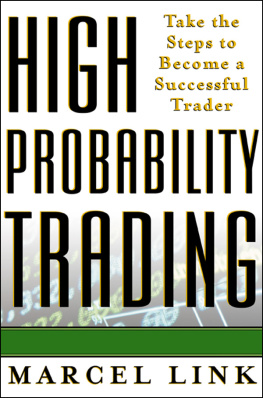

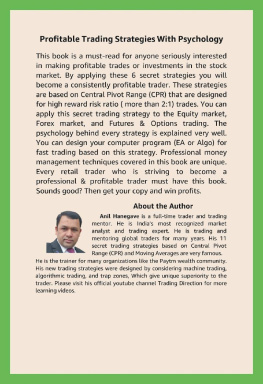
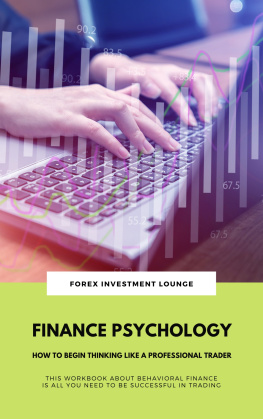
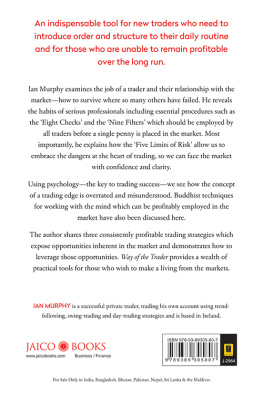

![Ryan Mallory [Ryan Mallory] - The Part-Time Trader: Trading Stock as a Part-Time Venture, + Website](/uploads/posts/book/124134/thumbs/ryan-mallory-ryan-mallory-the-part-time-trader.jpg)
